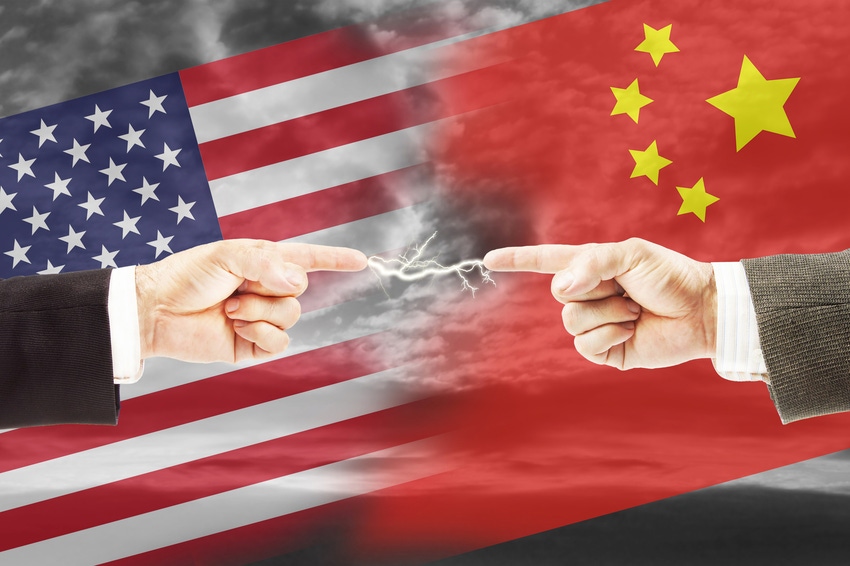Last month President Trump signed a memorandum which confirmed the US would be kicking off a trade-war with the Chinese and now the 1300-strong list of products subject to tariffs has been released.
April 4, 2018

Last month President Trump signed a memorandum which confirmed the US would be kicking off a trade-war with the Chinese and now the 1300-strong list of products subject to tariffs has been released.
The list will target approximately $50 billion worth of Chinese imports in an effort to prevent China from ‘coercing’ US companies into snubbing domestic alternatives. The trade-war is officially on, and we are not too sure how this will be of benefit to the US economy in the long-run whatsoever.
“The proposed list of products is based on extensive interagency economic analysis and would target products that benefit from China’s industrial plans while minimizing the impact on the U.S. economy,” the Office of the US Trade Representative said in a statement. “Sectors subject to the proposed tariffs include industries such as aerospace, information and communication technology, robotics, and machinery.”
This is not a specific attack on the telecommunications sector, rather the wider Chinese technology sector. However, considering the upcoming investments which will be made in communications infrastructure, the Chinese telco space will definitely feel the impact. You can check out the full list here. What is worth noting is this list is still a proposal, but it shouldn’t be too long before the tweaks are made and it is official.
While the list goes into very specific detail in some areas, the approach to telecoms is with a much broader stroke. Some of areas subject to the proposed tariffs include:
Printed circuit assemblies of the goods of subheading 8504.40 or 8504.50 for telecommunication apparatus
Electrical machines and apparatus nesoi, designed for connection to telegraphic or telephonic apparatus, instruments or networks
Oscilloscopes and oscillographs, specially designed for telecommunications
Instruments and apparatus specially designed for telecommunications
Optical fiber cables made up of individually sheathed fibres
Other areas under threat include critical components for the manufacture of robotics or computing hardware. Communications infrastructure isn’t the only area targeted by the US Government as devices and more general hardware fall under the tariffs as well.
One of the repercussions we have focused on is the impact such tariffs will have on the ability for American companies to do business in China, the Chinese government has already pointed towards potential 25% tariffs on 128 American imports, but the list confirms consumers will likely be hit as well.
“As we’ve said all along, tariffs are taxes on consumers and a drag on the nation’s economy,” said Matthew Shay, CEO of the National Retail Federation. “While we are pleased that many everyday products such as clothing and shoes are not on the list, we remain concerned that other goods such as consumer electronics and home appliances are targets. And we believe that tariffs on certain machinery will make American-made products more expensive.
“This entire process creates uncertainty and makes it difficult for retail companies that must rely on complicated global supply chains. Tariffs threaten to hurt consumers, jeopardize job creation and increase the cost of doing business here in the United States.”
President Trump might point to the fact Chinese companies are taking jobs away from American workers but there is a very good reason for this; it isn’t economically feasible to have these jobs in Western economies and, quite frankly, most people in Western economies think themselves above manufacturing jobs which are eagerly fought for in developing countries. The American economy has greatly benefited from outsourcing manufacturing processes let’s not forget.
There might be some political point scoring to be done in the short term, but it won’t be long before US tech companies are losing out to international competitors and the price of electronics goods in the US start to increase. Protectionism in a global economy does not work and those blindly supporting this move will find that out very soon.
About the Author(s)
You May Also Like








.png?width=300&auto=webp&quality=80&disable=upscale)


_1.jpg?width=300&auto=webp&quality=80&disable=upscale)


.png?width=800&auto=webp&quality=80&disable=upscale)